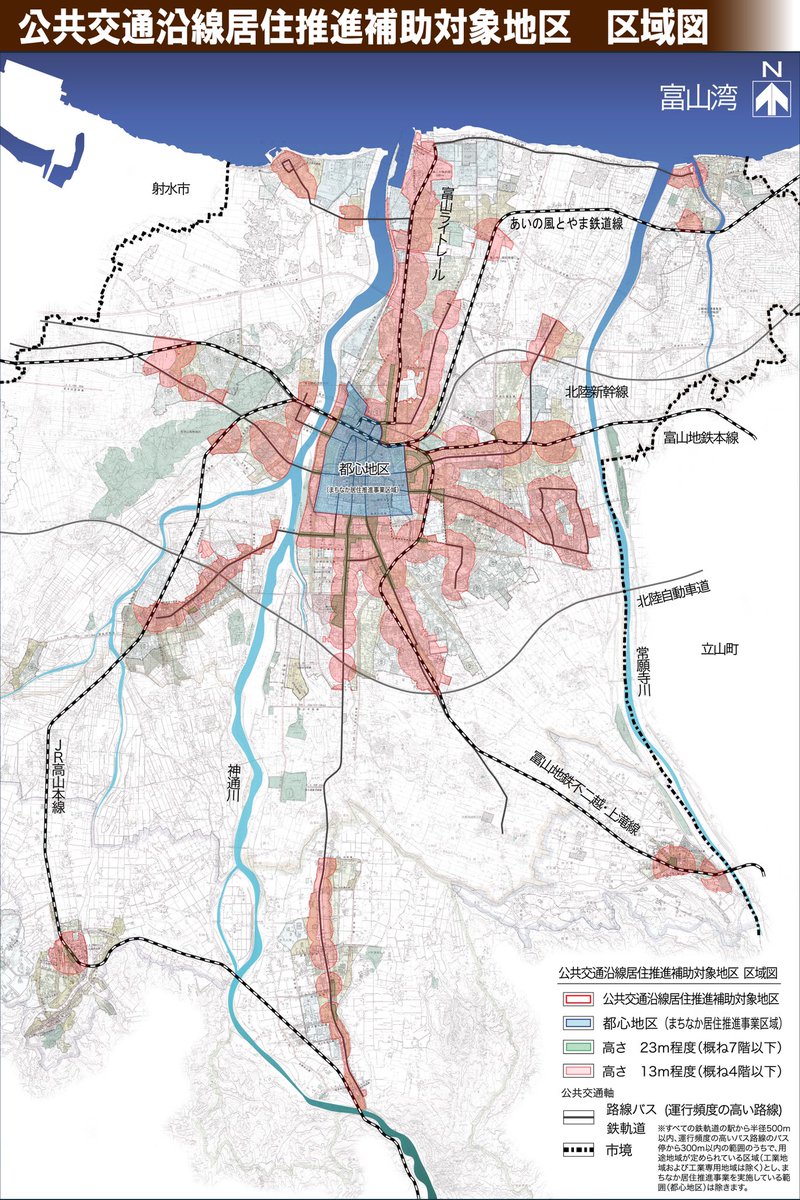
In the late 19th c., after a visit to Paris, three local Haitian architects figured out how to build sustainable, earthquake and hurricane resistant wood and masonry houses. Known today by the clunky name "Le style gingerbread". Here a house in Port-au-Prince, 2017. 

The style itself is absolutely inconsequential to the disaster resistant construction, but local patrons fell for the charming looks, reminding them of North American stick frame houses and French seaside resorts. Even when completely stripped nude, they remain charming. 

The basic construction is exceedingly simple: a basic timber frame reinforced with diagonal braces, and walls infilled with absolutely anything: stone, mud, brick, wood, whatever was at hand when the house was built, it was all going to be covered in plaster anyway. 

In an age before air conditioners rooms were made tall, with high ceilings funneling hot air out of the house via numerous vents and dormer-like turrets. Wooden window slats meant the sun could be kept out while maximizing air flow from outside. 

The 2010 earthquake destroyed 40% of the buildings in the city but only 5% of these 19th century wood frame buildings. Even the homes copied by local builders and not actually designed or engineered by professionals survived while modern buildings mostly collapsed. 

This incredible survival rate concerns wooden buildings in a tropical climate that often have not had a lick of maintenance for over 100 years. 

The three architects responsible for this remarkable achievement were Georges Baussan (photo), Léon Mathon, and Joseph-Eugène Maximilien, and the building boom lasted from 1895-1925, ending after the Mayor officially banned wooden buildings for reasons of "fire safety". Politics. 

Any architect building in the Caribbean or places like Florida, New Orleans or the Gulf Coast would benefit from using this building technique. The style is not important, you can make the house look anyway you want, as long as you don't sacrifice the hurricane resistant roofs. 







• • •
Missing some Tweet in this thread? You can try to
force a refresh



























